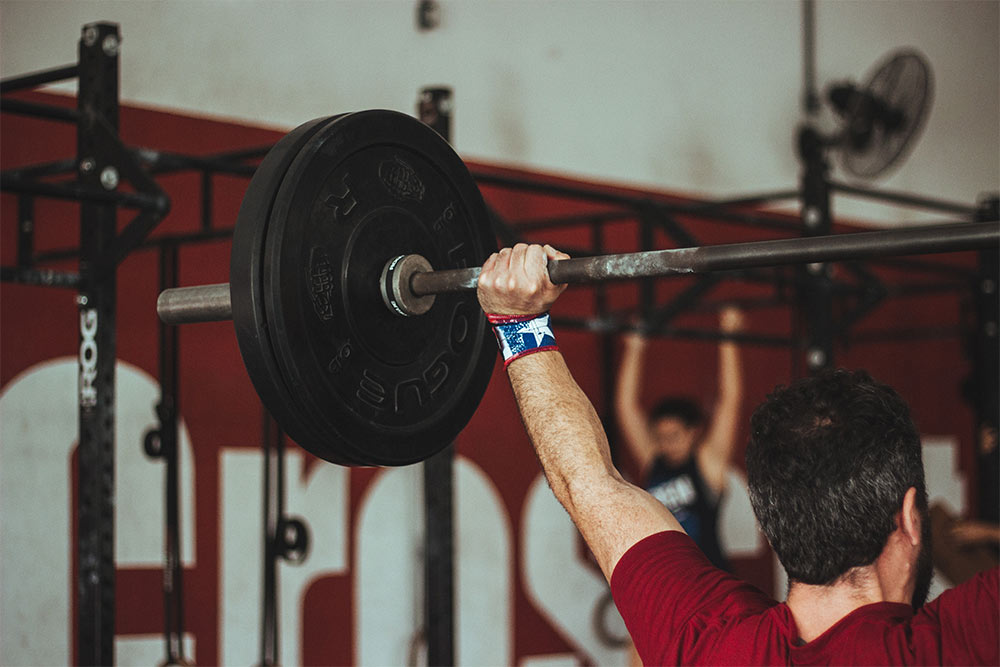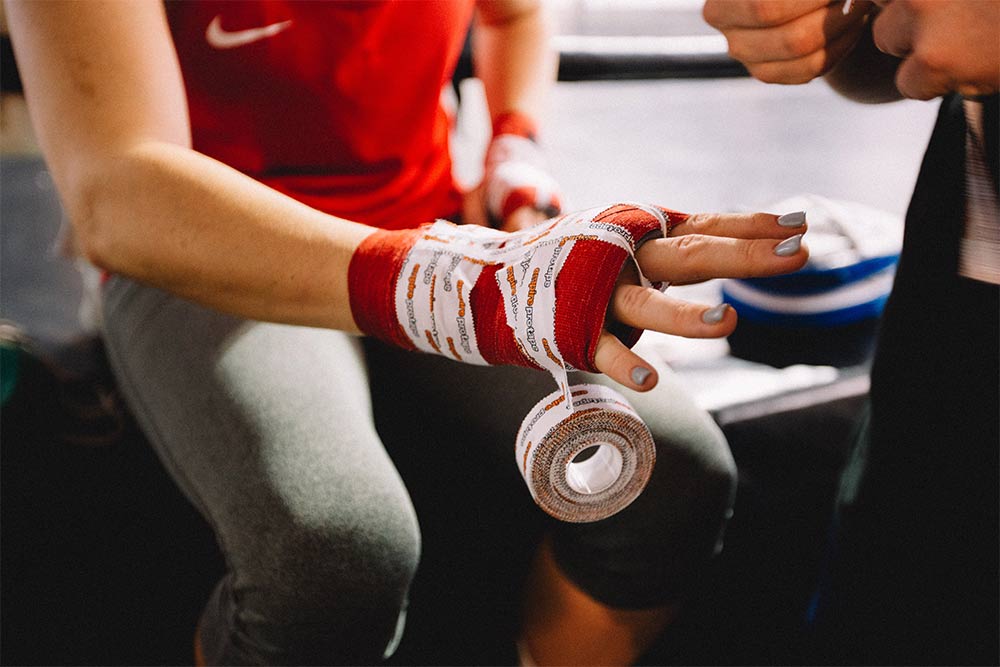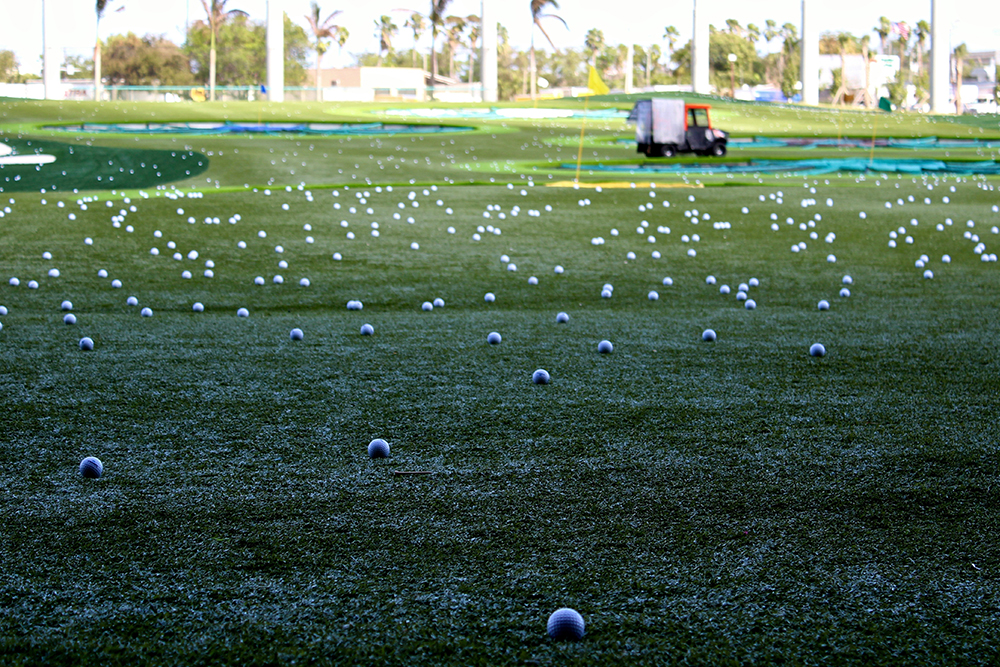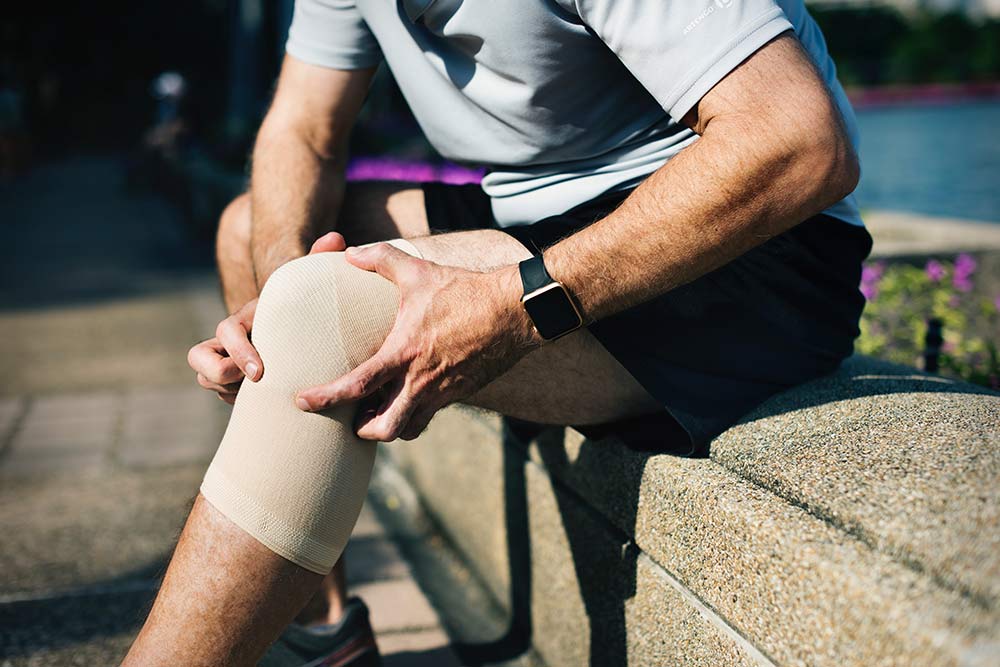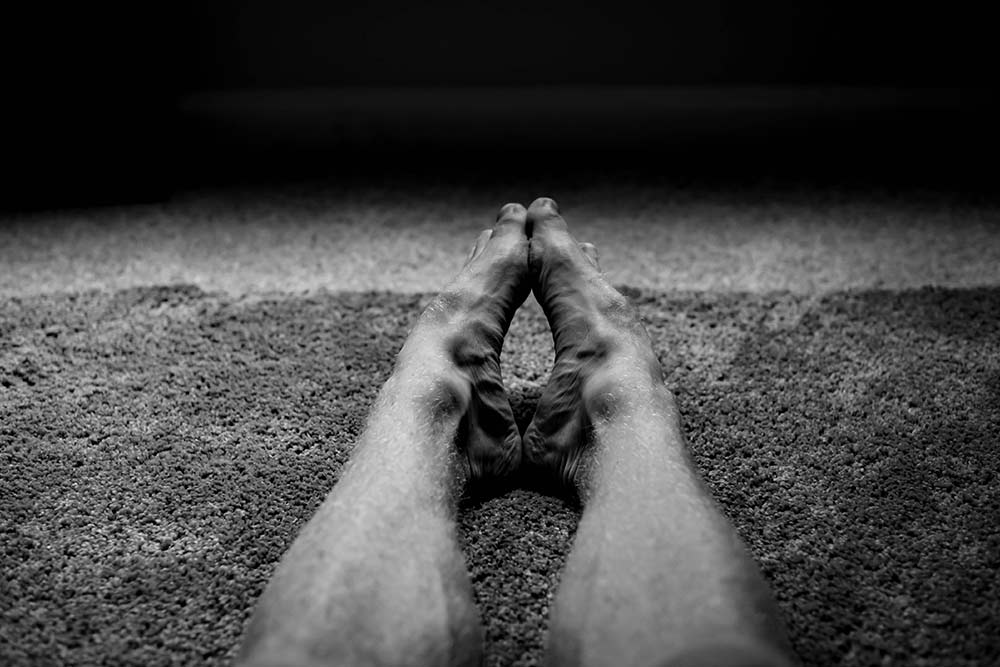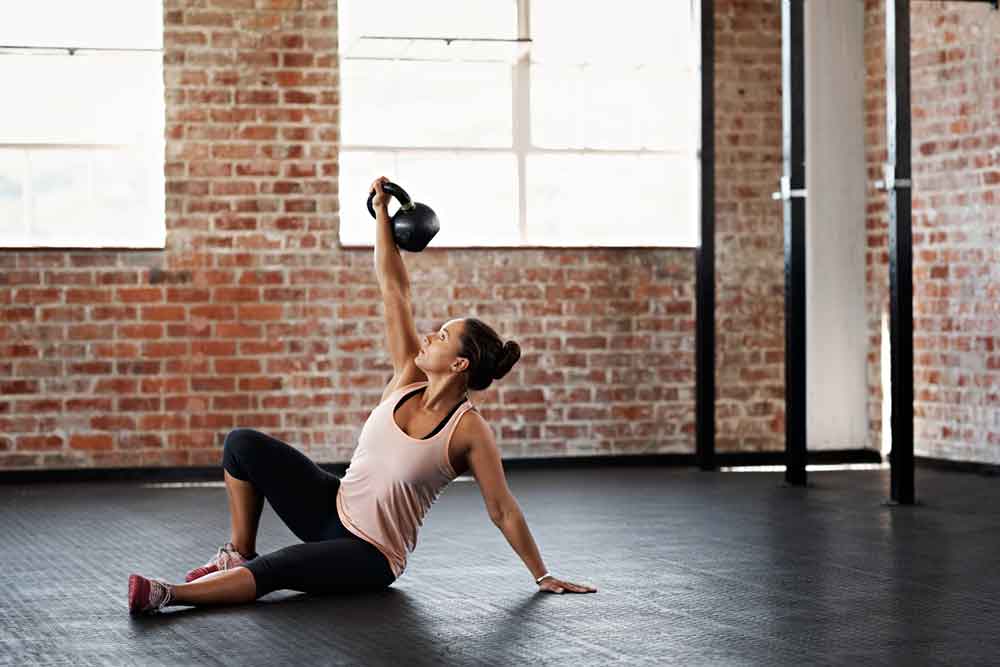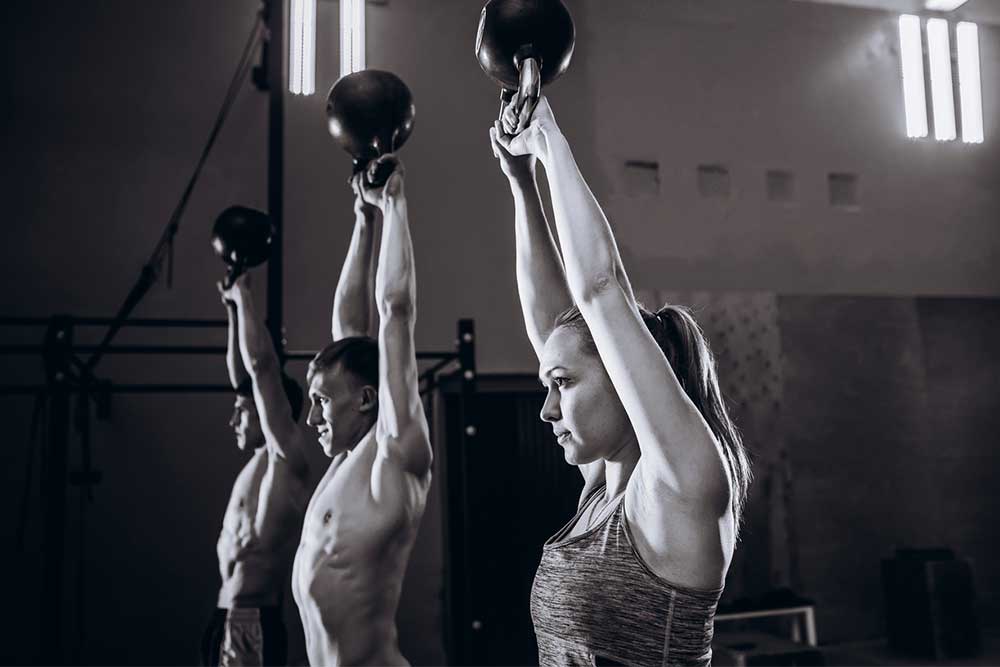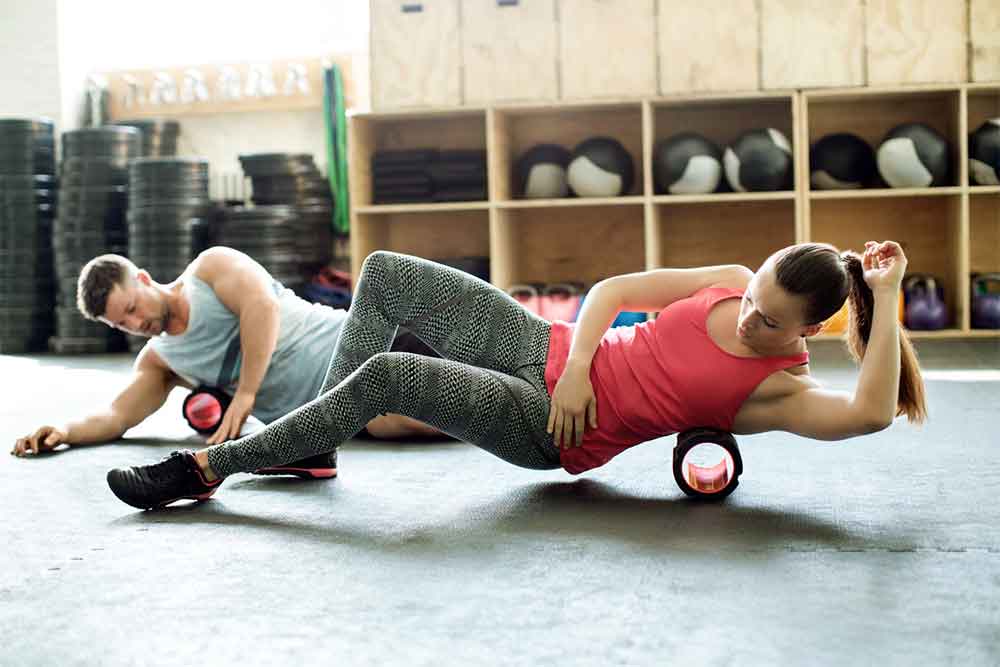Strength Training Can Improve Chronic Plantar Fasciitis
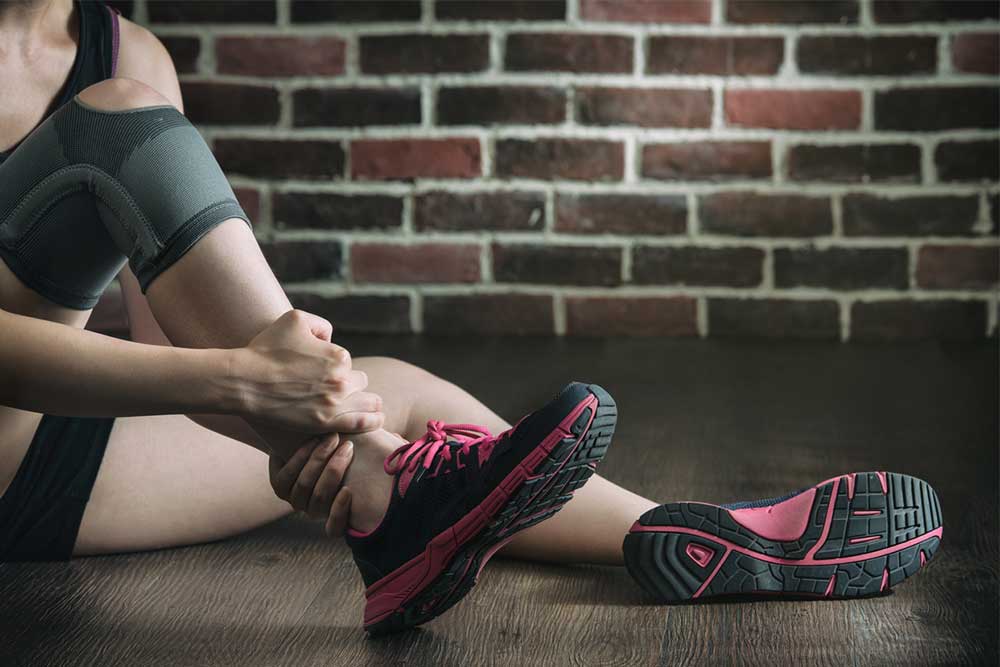
Ryan Cross, B.A. Hons (Kin), MScPT, FCAMPT
Registered Physiotherapist
Do you feel sharp pain on the bottom of your heel during the first few steps you take in the morning? Is heel pain limiting progression of your running program? You might be dealing with plantar fasciitis. It is difficult to pronounce, and sometimes even more difficult to recover from. Plantar fasciitis is a common injury in the active population. Many treatment interventions have been used to overcome this condition, but recently evidence is indicating that the use of higher intensity exercise can help alleviate symptoms associated with plantar fasciitis.
Related Article: How To Treat 7 Common Running Injuries
The Study
A study published in the Scandinavian Journal of Medicine and Science in Sports compared plantar fascia specific stretching plus shoe inserts to high load strength training with single leg heel raises that target the plantar fascia plus shoe inserts. The primary outcome was to determine which intervention provided a greater improvement in foot function at 1 month, 3 months, 6 months, and 12 months on the Foot Function Index.
Both groups received a gel heel insert and education on plantar fasciitis, pain management, activity modification, gradual return to activity, and instruction on how to use the insert. The plantar fascia stretching group was instructed on how to properly stretch the plantar fascia. The high load strength training group was instructed on the plantar fascia specific heel raises. The single leg heel raises were performed on a step with a rolled towel under the toes to place all the toes in maximal dorsiflexion. Patients started with performing 3 sets of a 12RM for 2 weeks, then 10 RM for 2 weeks, and finally 5 sets of 8 RM after 4 weeks. This exercise was completed every other day and progressed by wearing a backpack and adding books to increase the weight.
Exercise 1:
Hold your heel in one hand and toes in the other hand. Pull the whole foot and toes back to feel a stretch along the bottom of your foot.
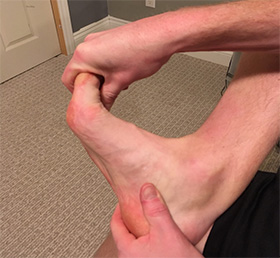
Exercise 2:
Stand on the edge of a step with a rolled towel under the toes. Slowly lift up onto toes (3 seconds), hold (3 seconds), and slowly lower (3 seconds)
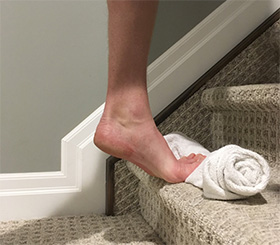
The Results
At 3 months, the strength group had a 29 point greater improvement on the Foot Function Index compared to the stretching group. The improvements at 6 and 12 months was similar for both groups, indicating that the strength training protocol helps to improve foot function faster than stretching.
Takeaway
Plantar fasciitis can be a debilitating condition that takes a long time to recover from. Stretching, orthotics, and activity modification are all important components to help get over this heel pain. High intensity strength training is not a common intervention used to treat plantar fasciitis, but this study shows that it has potential to provide faster improvements. If you can get better faster, then you will get back in the game faster.
You Might Like:
Glute Activation Warm-up and Exercise Performance
Anyone who has ever taken part in formal exercise would have performed a warmup (hopefully more than one…). Increasing blood flow and core body temperature, they are thought to enhance performance and reduce injury risk....How Do Sports Injury Rates Change As You Age?
As you get older, exercise becomes the most beneficial thing you can do for your body. It staves off disease and illness, all whilst helping you maintain (and often improve) joint, bone, and muscle health....Injury Prevention in Baseball
Hunter Bennett Baseball. America’s national pastime. One of the most popular sports in the country, and as you very well know, also one of the most exciting. Then when we consider that most high-level baseball...Becoming an Unbreakable Athlete
Hunter Bennett The primary role of coaches and sports practitioners alike is to create robust athletes. Athletes capable of tolerating high training loads. Athletes that are capable of meeting the rigors of competition without a...The Risks and Causes of ACL Injury and How You Can Prevent Them
Hunter Bennett When it comes to improving athletic performance (and general health for that matter), there is nothing that derails your progress more than an injury. While many injuries can be trained around in some...Weight Training Techniques: The Benefits of Unilateral Training
Alyssa Bialowas Unilateral exercises are single-leg or single-arm movements. The primary benefit of including unilateral exercises in your training programs is that the exerciser is using both sides of the body equally. Unilateral training results...Reference:
Rathleff, Michael Skovdal, et al. “High‐load strength training improves outcome in patients with plantar fasciitis: A randomized controlled trial with 12‐month follow‐up.” Scandinavian journal of medicine & science in sports 25.3 (2015).






